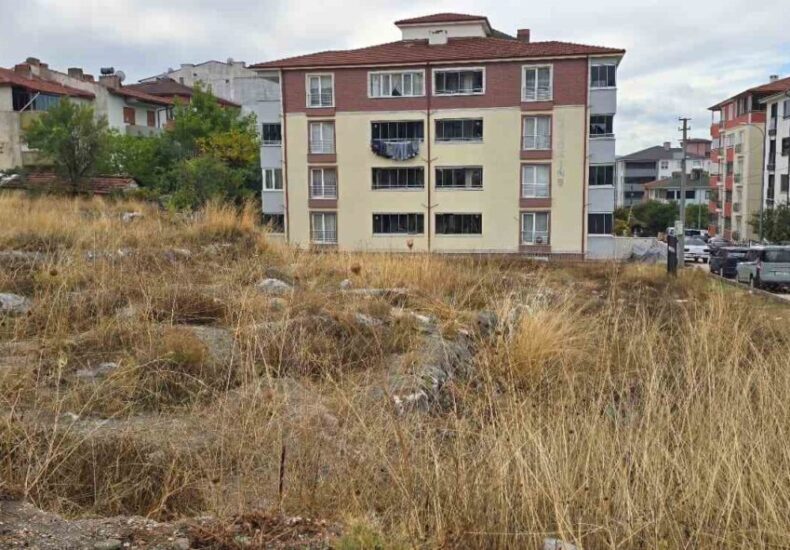
Forgotten Neolithic Settlement in Bilecik: 9,000 Years of History Hidden Beneath the Grass
In western Türkiye, an archaeological discovery once hailed as a milestone in Neolithic research now lies buried under weeds. The 9,000-year-old settlement unearthed in Bilecik’s Bahçelievler district — among the earliest known farming communities of western Anatolia — has been left unprotected, sparking calls from historians and locals to transform it into an open-air museum before time erases it again.
A Discovery Born of Chance
The story began in 2019, when a local resident walking through a vacant lot noticed fragments of ancient pottery glinting in the soil. His report to the local museum triggered a joint excavation led by the Turkish Ministry of Culture and Tourism, the Bilecik Municipality, and Bilecik Şeyh Edebali University.
Excavations revealed oval-shaped domestic structures, fragments of early handmade ceramics, and the remarkably preserved skeleton of an 8,500-year-old individual.
Radiocarbon analyses dated the occupation to around 7000 BCE, positioning the site among the oldest Neolithic settlements ever identified in western Anatolia.

According to researchers, Bahçelievler offers a missing link between the agrarian cultures of Central Anatolia and those spreading toward the Aegean. Its architecture and burial practices suggest that early farmers carried both technological know-how and symbolic traditions westward — long before the Bronze Age reshaped the region’s cultural landscape.
📣 Our WhatsApp channel is now LIVE! Stay up-to-date with the latest news and updates, just click here to follow us on WhatsApp and never miss a thing!!
Neglect and Lost Potential
Despite its importance, the excavation site today stands abandoned. Following the completion of the initial fieldwork, no permanent protective structure, visitor path, or information signage was established. The once-carefully dug trenches have filled with grass and wild vegetation.
Local residents who witnessed the excavation now watch with frustration as the ancient settlement fades from memory. They are urging authorities to preserve the site through an open-air museum or archaeological park project, allowing the Neolithic remains to be displayed where they were first unearthed.
For archaeologists, the neglect is more than a local issue — it represents a missed opportunity to connect the public with one of Anatolia’s earliest experiments in village life.
Anatolia’s Early Villages and the Bilecik Puzzle
The Neolithic period in Anatolia marks humanity’s decisive shift toward agriculture and sedentary life. While famous sites like Çatalhöyük, Boncuklu, and Aşıklı Höyük have defined the central plateau’s role in this transition, the western hinterlands of Anatolia remain comparatively underexplored.
Bahçelievler, sitting between the Marmara lowlands and the Phrygian highlands, fills a crucial geographical and chronological gap.
The oval floor plans of its houses resemble those of early central Anatolian villages, yet the ceramic typology shows distinct regional evolution — suggesting that communities in Bilecik were not mere recipients of influence but active participants in Neolithic innovation.
The discovery of the 8,500-year-old skeleton further enhances the site’s anthropological significance. DNA and isotopic analyses, if conducted, could illuminate how these early western Anatolian populations were related to both their eastern counterparts and later Aegean groups.
Calls for Preservation and Cultural Reuse
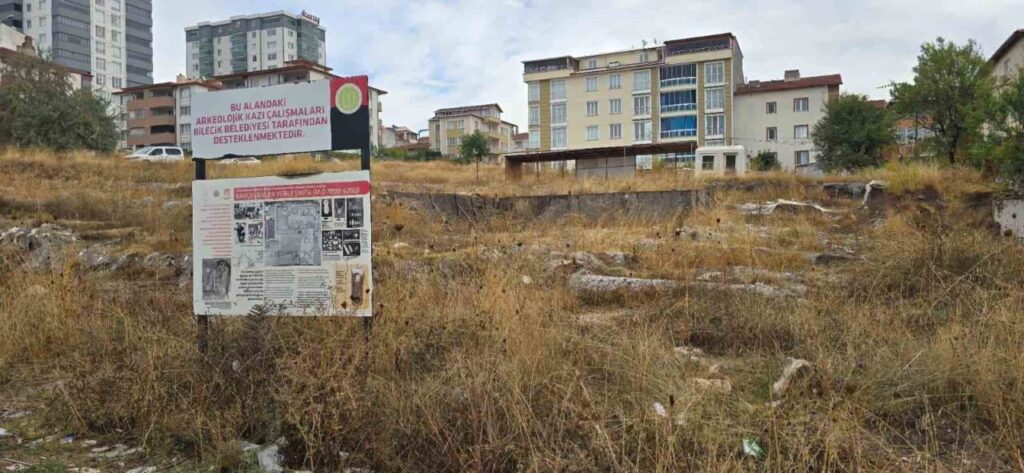
Historians, archaeologists, and local organizations have begun advocating for a preservation plan that balances research, protection, and public access. Proposed initiatives include:
- Declaring the site a protected archaeological zone under national heritage law.
- Establishing a visitor-friendly open-air museum, with paths, signage, and reconstructed Neolithic dwellings.
- Creating partnerships between universities, local authorities, and cultural NGOs to ensure sustainable funding.
Such projects have proven successful in other parts of Türkiye, turning dormant sites into educational and economic assets. Advocates argue that Bahçelievler could become not only a research hub but also a focal point for heritage tourism in western Anatolia.
A Mirror to Humanity’s First Settlers
What makes the Bilecik discovery poignant is not only its age but its silence. Beneath the unkempt field lies evidence of one of humanity’s earliest communities — people who built homes, crafted pottery, and buried their dead with care nine millennia ago.
Their story, momentarily uncovered, now risks being buried once more — this time by neglect rather than by soil.
If preserved and interpreted properly, Bahçelievler could stand alongside Çatalhöyük and Aşıklı as a key chapter in the story of how humans first learned to live together — and how the landscapes of Anatolia became the cradle of settled life.
You may also like
- A 1700-year-old statue of Pan unearthed during the excavations at Polyeuktos in İstanbul
- The granary was found in the ancient city of Sebaste, founded by the first Roman emperor Augustus
- Donalar Kale Kapı Rock Tomb or Donalar Rock Tomb
- Theater emerges as works continue in ancient city of Perinthos
- Urartian King Argishti’s bronze shield revealed the name of an unknown country
- The religious center of Lycia, the ancient city of Letoon
- Who were the Luwians?
- A new study brings a fresh perspective on the Anatolian origin of the Indo-European languages
- Perhaps the oldest thermal treatment center in the world, which has been in continuous use for 2000 years -Basilica Therma Roman Bath or King’s Daughter-
- The largest synagogue of the ancient world, located in the ancient city of Sardis, is being restored



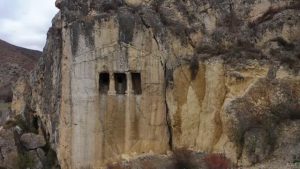

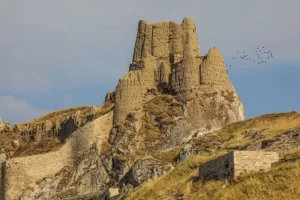
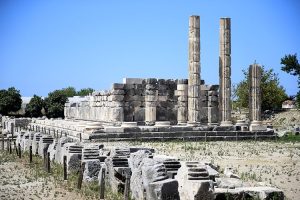



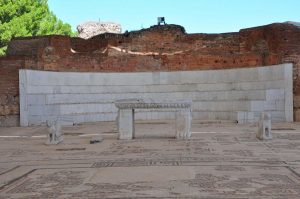
Leave a Reply